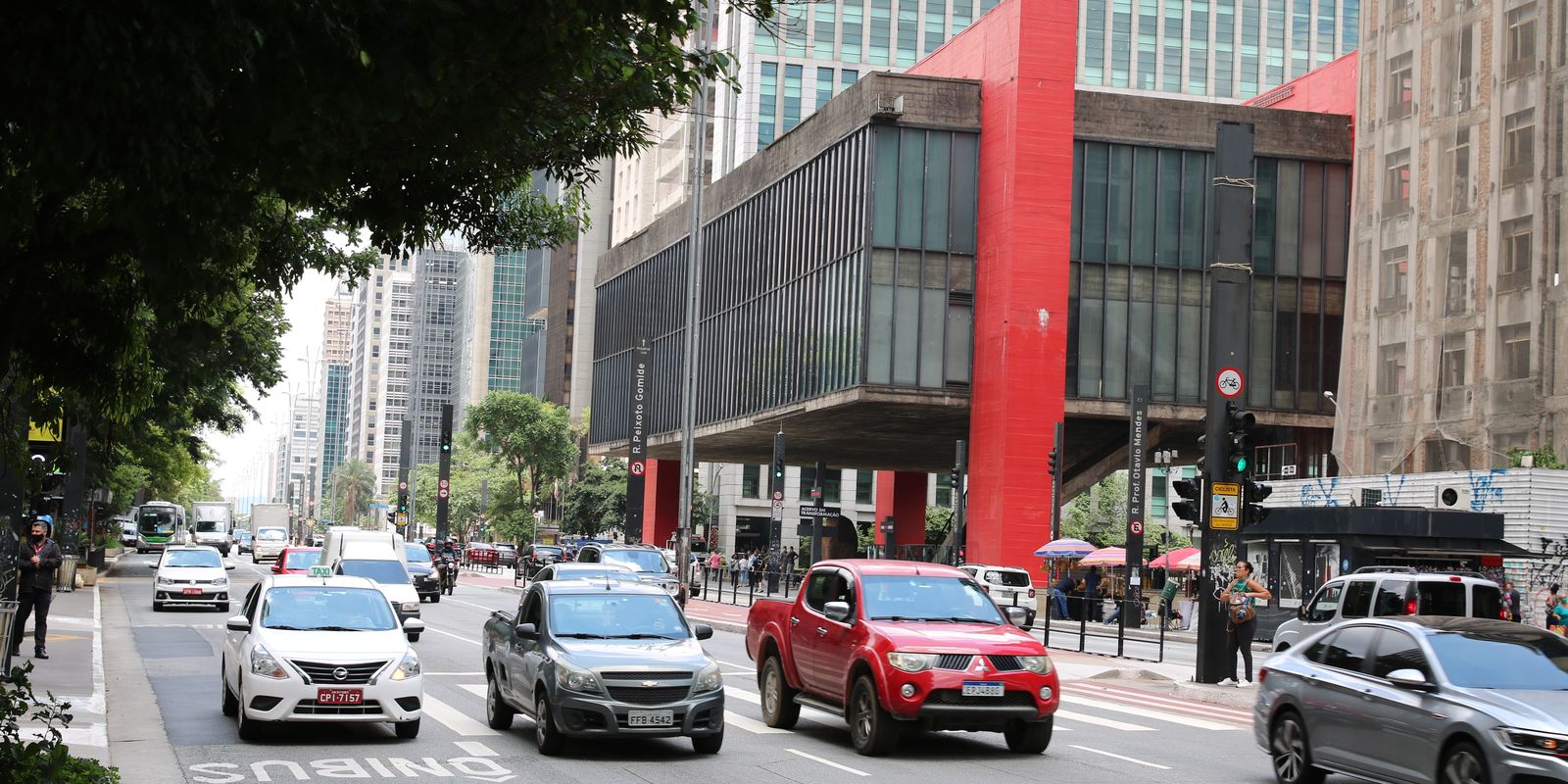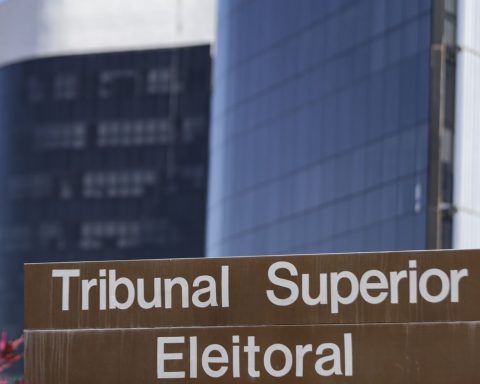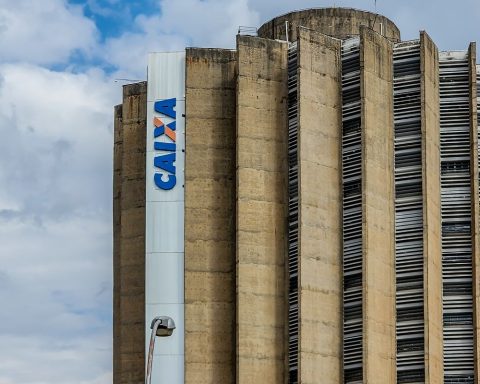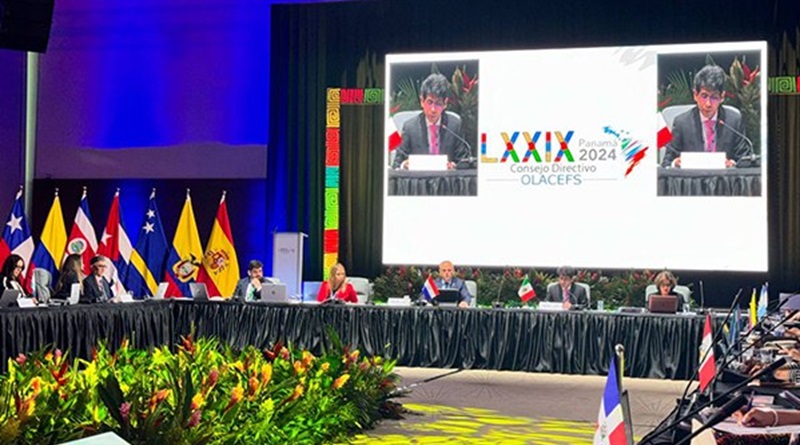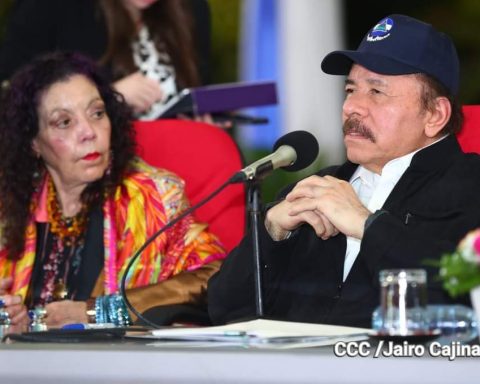The difficulty for the municipal administration to put into practice integrated management, in which the mayor, the secretariats and the sub-prefectures act together is one of the main challenges for the city hall of the capital of São Paulo, according to experts interviewed by the Brazil Agency. The second round of municipal elections will take place next Sunday (27) and São Paulo residents will have to choose between the current mayor and candidate for re-election Ricardo Nunes (MDB) and the PSOL candidate, Guilherme Boulos.
“It is more common to let everyone do what they want and work individually with each secretary than to put everyone at the same table and think about the city’s territory as a whole, putting the citizen first. This requires a lot more work, as it is not the political issue that comes first, it is the people”, highlights architect and urban planner Cid Blanco, specialist in planning and management of urban poverty reduction programs at the Erasmus University of Rotterdam and in housing design and development by the Lund Faculty of Engineering.
According to Fernando Túlio, professor at the Department of Architecture at ETH Zurich University, in Switzerland, and advisor at the Institute of Architects of Brazil (IAB) São Paulo, there are examples of cities that have managed to implement integrated and democratic forms of urban management.
“These are cooperative forms of ownership and management. In these cases, property, or the right to use land, is neither private nor public, but collective. It is a way that, despite being economically viable, by not prioritizing profit, prioritizes meeting the social and environmental needs of a given region”.
According to the professor, in Zurich, for example, 25% of properties work like this. And there is already a law approved that requires the city to increase this number to 30% by 2030.
“This model could be adopted in São Paulo and Brazil, especially in areas that need to undergo land regularization and urbanization and which, in general, are those most affected by climate change”, he adds.
Approximation between population and management
In addition to harming the execution of integrated management, political subdivision was identified as a factor that prevents the proper functioning of the sub-prefectures of the capital of São Paulo – a solution found in the 1990s to bring the municipal administration closer to the population. Currently, the city has 32 sub-prefectures.
“Structurally, the sub-prefectures were designed for decentralization, to be able, in some way, to have a more specific look and respond to local problems. The problem is that the sub-prefectures were politically demoted and are used politically to distribute positions to councilors who commit to voting with the mayors”, highlights the general coordinator of the Sustainable Cities Institute, Jorge Abrahão.
“This mischaracterized the original idea of the sub-prefecture, and this is regrettable because they were left asking janitorial issues, tree pruning, pothole filling issues, issues that serve the site, but not structurally”, he added.
According to Abrahão, the sub-prefectures should have a structure that brings the population closer to the municipal administration and functions as a space for citizen participation in city management.
“The big question is to open spaces for participation. It does not need to be a deliberative space, but they must be valued and considered in decision-making. What has happened is that people have become demotivated due to the lack of consequence to the dedication that the population has in these places”.
Inequality
Without truly integrated management and with little popular participation, the management model of the municipality of São Paulo, according to Fernando Túlio, has perpetuated a historical pattern that prioritizes public and private investments in privileged areas, to the detriment of the outskirts, and in works aimed at to individual motorized transport, instead of valuing public transport and mobility on cycle paths and sidewalks.
“As a result, urban segregation continues to grow, as does atmospheric and environmental pollution caused by the predatory way of moving and occupying city spaces. And the fragmented management of sectoral policies and the emptying of sub-prefectures is a structural part of this process. In other words, it is not enough to reverse the city’s planning model, it is also necessary to redesign its management method”, he adds.
